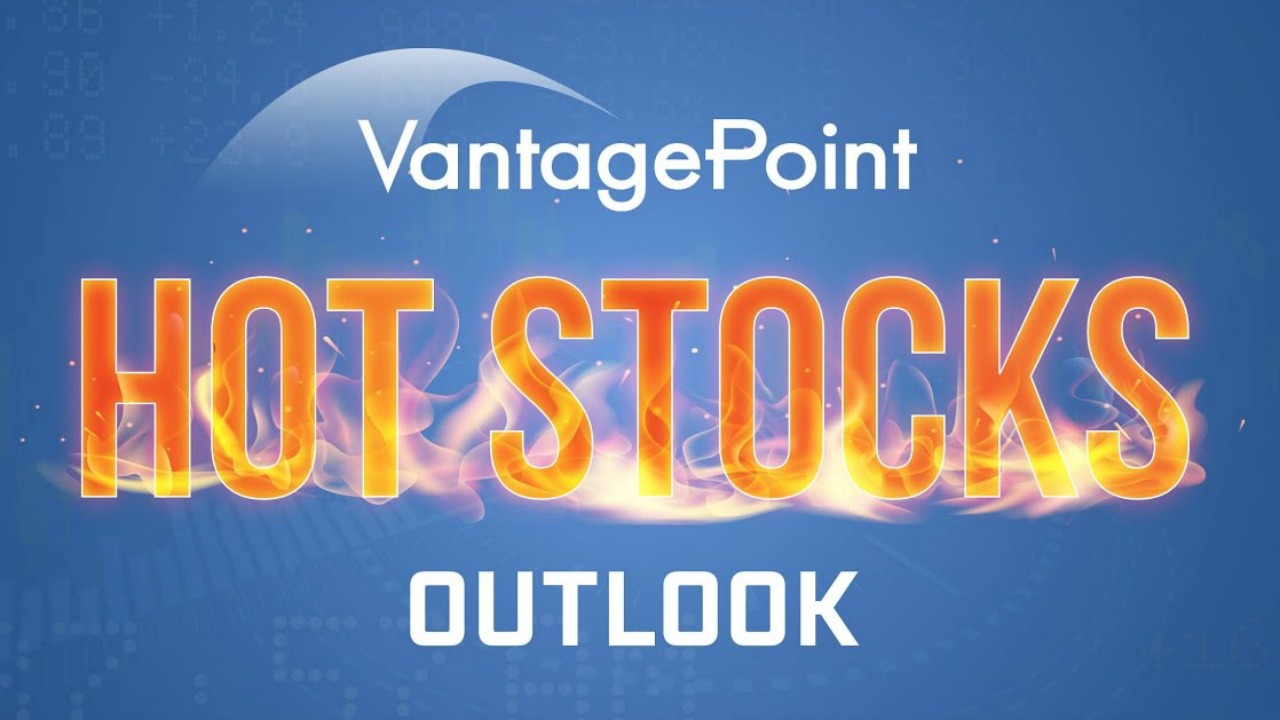Market Consolidation vs. Trend Changes – What’s the Difference?
Market consolidation, or a period of indecision that ends when the price of an asset breaks beyond the restrictive barriers, can create high levels of volatility but also opens the door to opportunity for short term traders. Knowing how to identify consolidation versus a true trend change can help you effectively manage your trading strategy.
This week we take a look at how traders can identify the difference between market consolidation and a true trend change. Not only is this simple to read on a chart but VantagePoint offers traders double confirmation through our patented predictive Neural Index, which offers extra confidence to take or hold positions to make the most profits.
Recent Market Forecasts of Market Consolidation
We reveal two recent forecasts that helped VantagePoint Software traders gain sizable profits. Earthlink ($ELNK), which increased 23.67% over 23 trading days as well as Encore Wire ($WIRE) which increased 23.16% over 32 trading days.
These are the kind of moves that you might be missing if you don’t have the right trading tools in your arsenal.
How is Market Consolidation Reflected on a Chart?
On ever VantagePoint chart you will notice a blue line and a black line. The blue line represents our proprietary predicted moving average and the black line is a standard moving average. The closer those lines become to one another, the higher the chance we are experiencing consolidation in the market.
A true trend change is reflected in VantagePoint’s market forecasts when the blue line crosses over the black line. At this point, you would want to take a position to cash in on the move.
Still have questions? Leave them in the comments below or send us an email at info@TraderTech.com.









